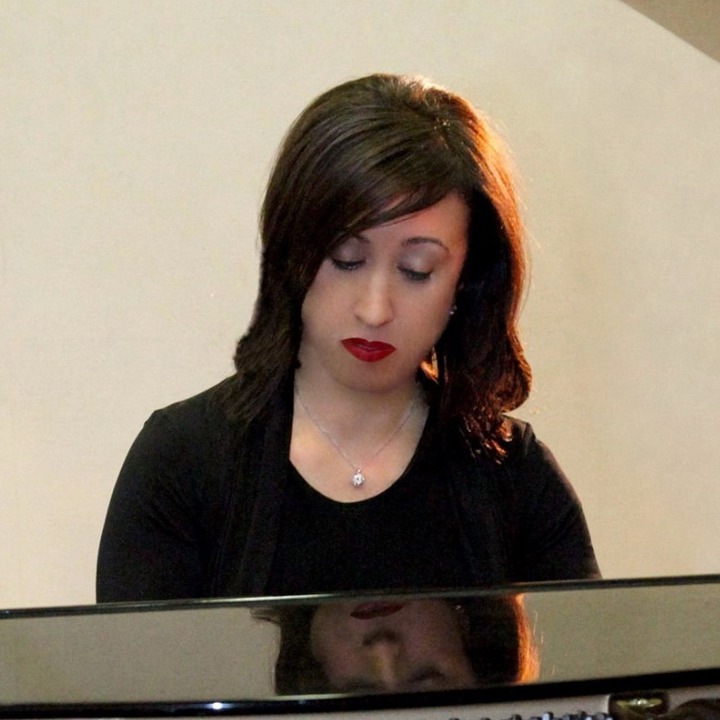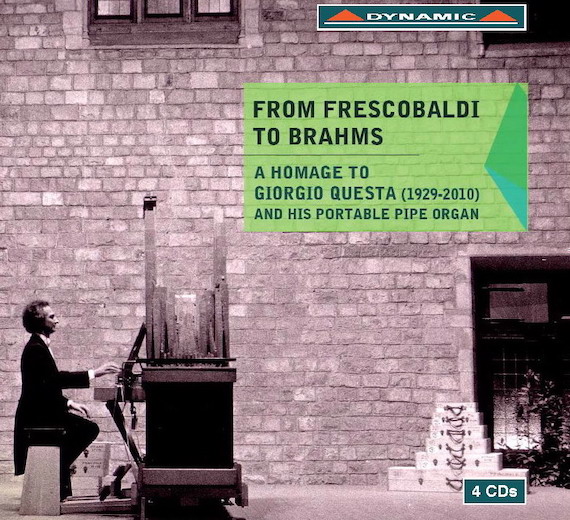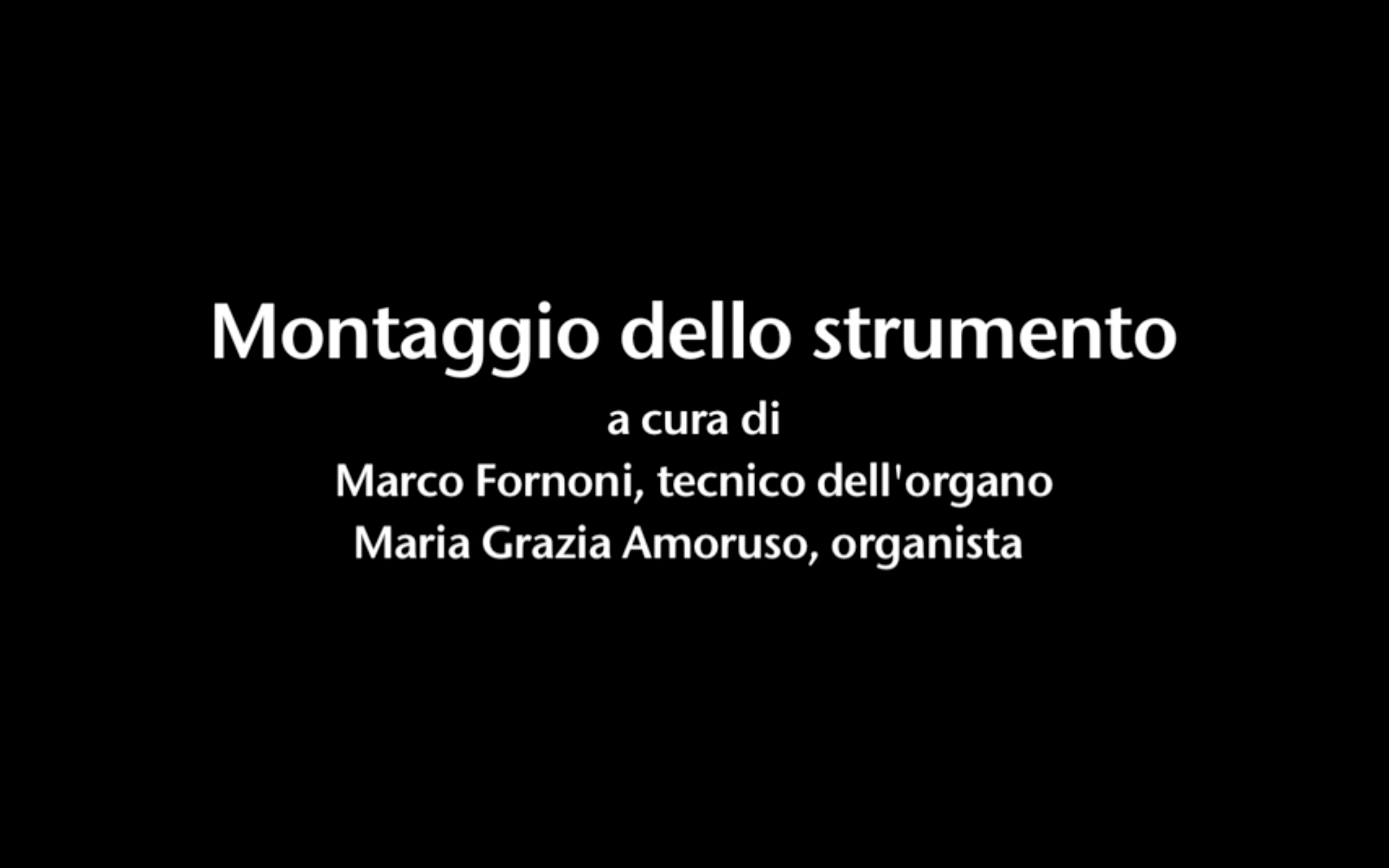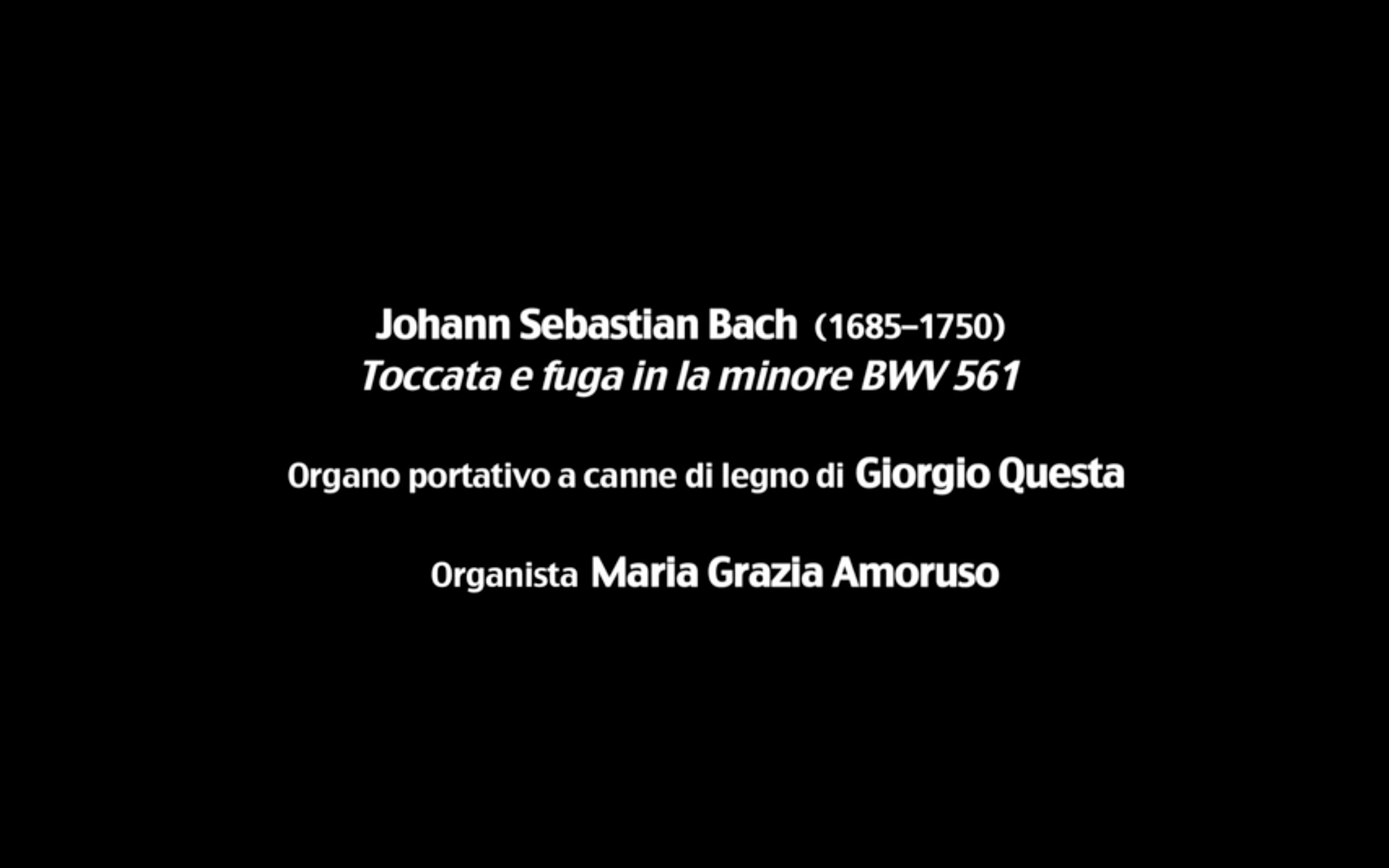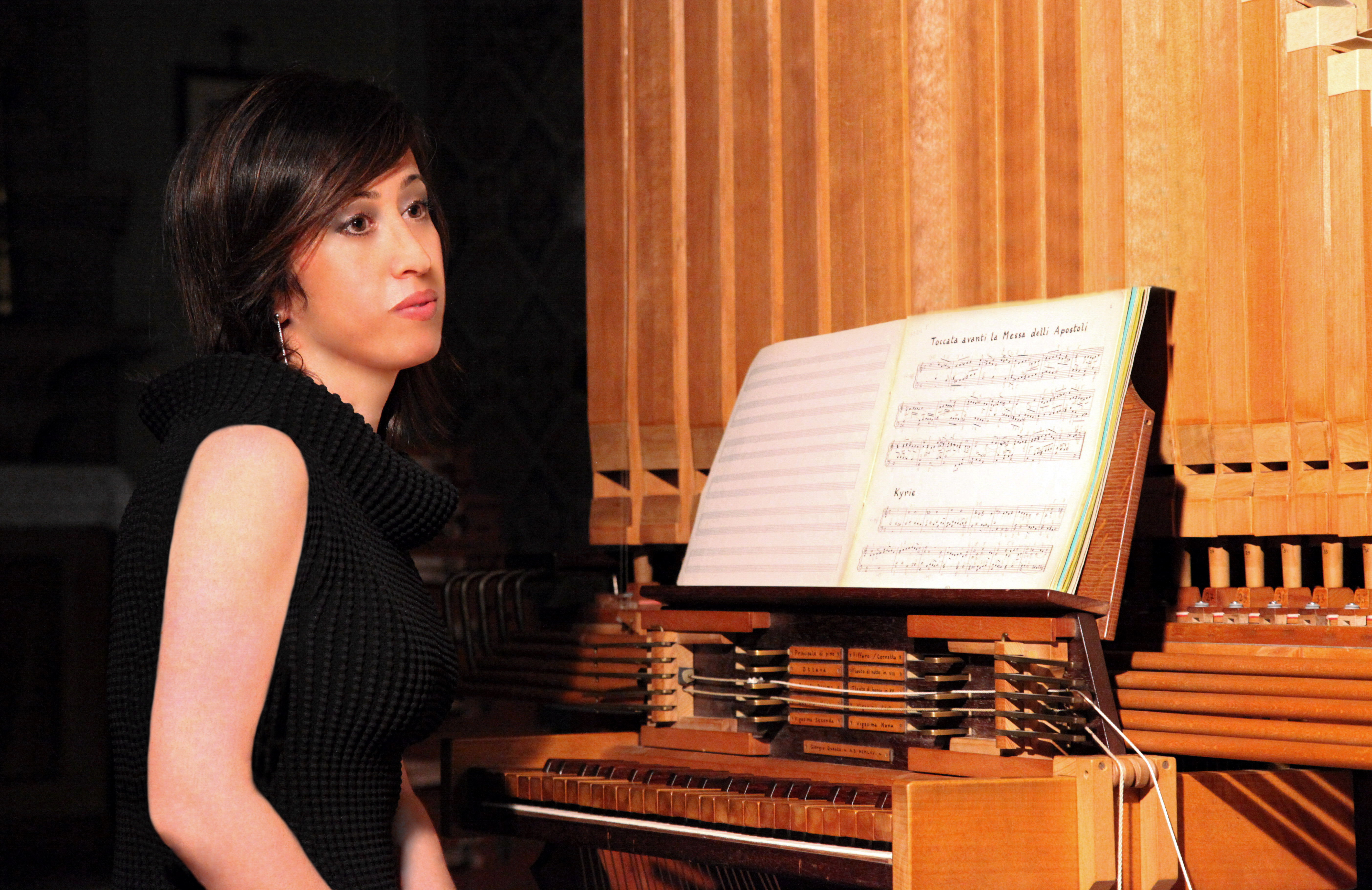The Association
The aim of the Association is to organize concerts and other activities that promote musical culture and keep alive the memory of Maestro Giorgio Questa and his marvelous wooden pipe organ.o.
from Art.2 of the Statute of the Giorgio Questa Association
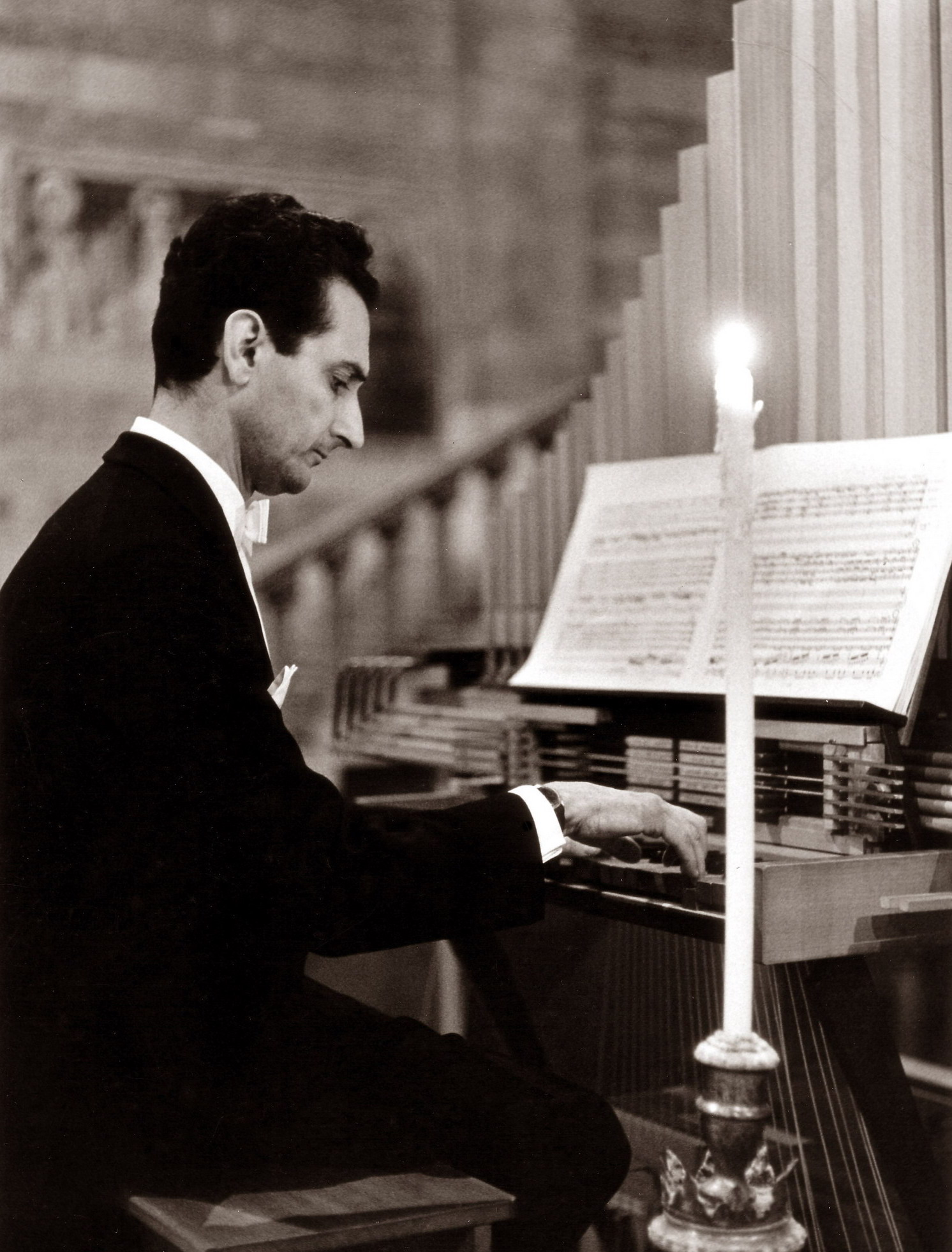
Who was Giorgio Questa
Giorgio Questa was born into a family of musicians in Genoa. His father provided his first musical training. He studied piano with Nicolay Klepikov, and dedicated himself to chamber music. He also developed an interest in vocal polyphony and organ music.
In 1966, at the "Internationale Zomeracademie vor Organisten" in Haarlem in Holland, he took part in a course of Marie-Claire Alain on French organ music. He studied Italian organ music and eventually constructed a mechanical wooden pipe organ similar to those used during the 16th and 17th centuries.
Traveling with his instrument, Questa played in Italy and Europe, in recitals and as a soloist with various symphony and chamber orchestras and with conductors such as Igor Markevitch, Karl Munchinger, John Pritchard and Sàndor Végh. He recorded for Dynamic and gave courses on interpretation of Italian organ music of the 16th and 17th centuries in the conservatories of Fontainebleau and La Chaux de Fonds, in Città di Castello and at the Amor in Assisi.
Giorgio Questa played mechanical transmission organs exclusively and his interpretations were based on autograph manuscripts and original prints. He was president of the Commission for the protection of artistic organs in Liguria, he died in Genoa on 11 June 2010.
The “portative” wooden pipe organ built by Giorgio Questa
Giogio Questa’s organ is a unique instrument; it can be assembled and disassembled in a few hours and is easily transportable. In this sense it recalls the ancient “portavo”, and in spite of its small size, its phonic structure is that of a common 16th century Italian organ. The instrument is entirely made of wood and completely mechanical. Giorgio Questa built it himself, piece by piece, following the methods used by the ancient master organ makers
It includes 491 pine and chestnut reeds and the keyboard, to which the pedalboard is attached, has four octaves.The liveliness of the sound, obtained with the intonation of the reeds at full air and low pressure, allows the natural acoustics of the instrument both in the theatre and in the small concert hall.
The instrument is equipped with a very sensitive keyboard which makes it possible to realize a great variety of nuances and effects. Its registers (Main Pine, Eighth, Fifth Tenth, Tenth Ninth, Vigesima Seconda, Fiffaro/Cornetta, Night Flute in VIII, Forest Flute in XII, Vigesima Sesta, Vigesima Nona) are those typical of the Italian organs of the classical period.
Two small accessories in accord with ancient traditions, "passero e passera", imitate the sound of birds. The squirrel tail reminds us of the ancient ”fox tail” that overhangs the organist, with the curious addition of a lever inscribed ”noli me tangere” (touch me not). A pulley pedaletto makes the free combination of the registers possible.

